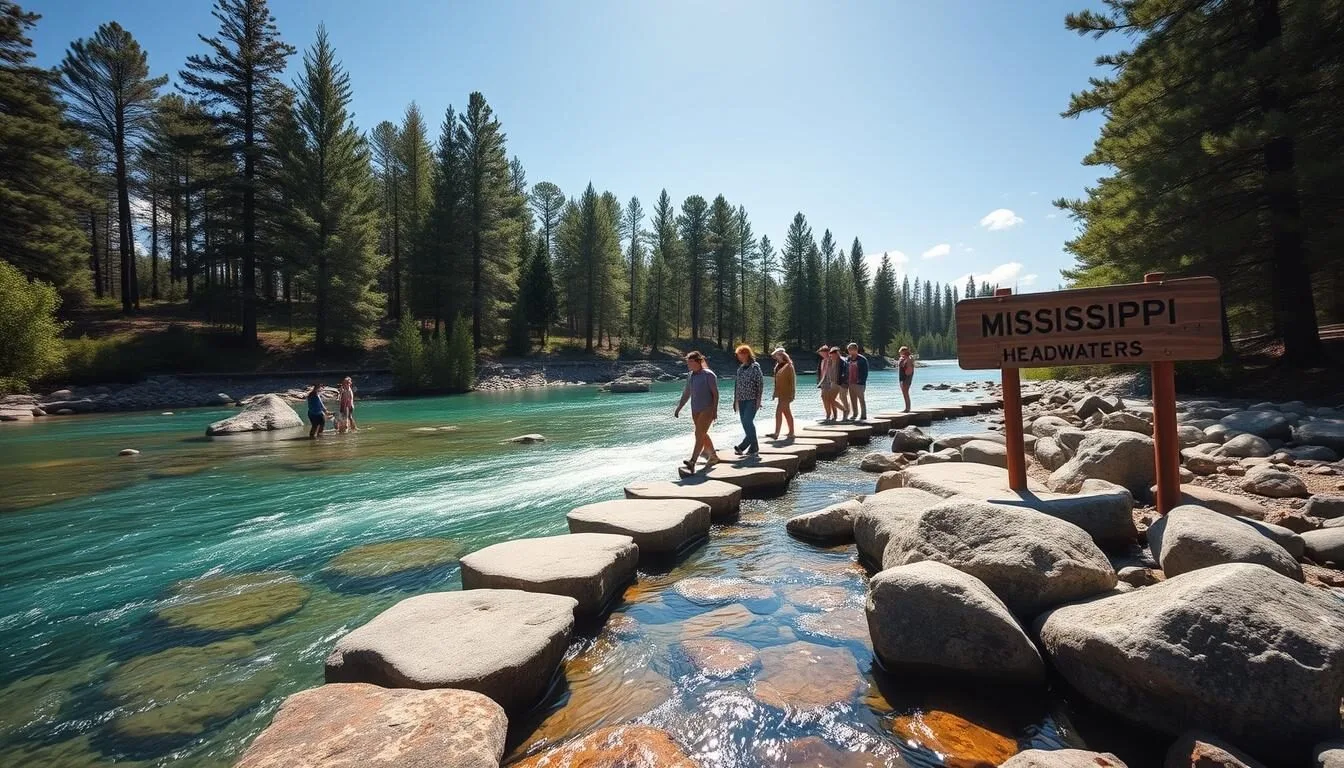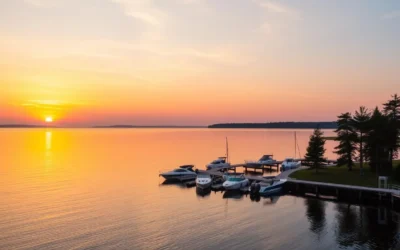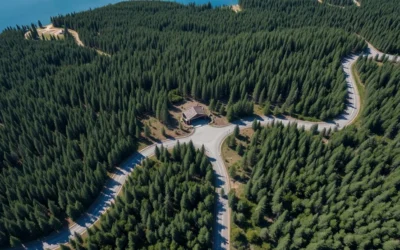Did you know that the mighty Mississippi River, which stretches over 2,552 miles to the Gulf of Mexico, begins as a humble stream just 12 feet wide that you can walk across at Lake Itasca? This surprising fact makes Lake Itasca one of Minnesota’s most cherished natural treasures and a bucket-list destination for travelers seeking both historical significance and pristine wilderness.
The headwaters of the Mississippi River at Lake Itasca, where visitors can walk across the beginning of America’s greatest river
Getting to Lake Itasca
Lake Itasca is located in northwestern Minnesota, approximately 4 hours from Minneapolis-St. Paul, 3 hours from Duluth, or 2 hours from Fargo, North Dakota. The remote location adds to its pristine charm but requires some planning for your journey.
Plan Your Trip to Lake Itasca
Start your adventure by booking transportation to this natural wonder:
By Air
The nearest major airports include Minneapolis-St. Paul International Airport (MSP), Duluth International Airport, and Fargo’s Hector International Airport. Bemidji Regional Airport is the closest at just 35 miles north of the park. From any airport, you’ll need to rent a car to reach Lake Itasca.
By Car
The park has two main entrances. The east entrance off U.S. Highway 71 provides quickest access to the Jacob V. Brower Visitor Center and Douglas Lodge. The north entrance off Minnesota Highway 200 is closest to the Mississippi Headwaters Center and campgrounds.
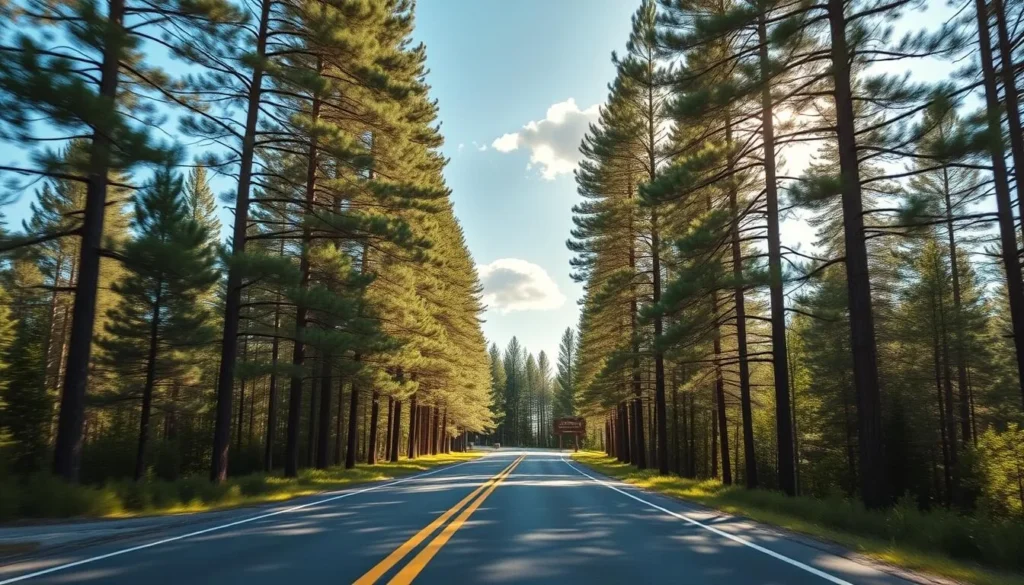
The scenic drive to Itasca State Park offers glimpses of Minnesota’s beautiful northwoods
Best Time to Visit Lake Itasca
Lake Itasca offers unique experiences in every season, though most visitors come during the summer months when temperatures are pleasant and all facilities are open.
Summer (June-August)
Peak season with warm temperatures (70-80°F). All park facilities, lodging options, and water activities are available. The headwaters area can get crowded, especially on weekends.
Fall (September-October)
Spectacular fall colors transform the forest. Cooler temperatures (40-60°F) make for excellent hiking. Fewer crowds and reduced rates on accommodations make this a hidden gem season.
Winter (November-March)
A quiet winter wonderland with cross-country skiing and snowshoeing opportunities. Limited facilities open. Temperatures can drop well below freezing (0-30°F).
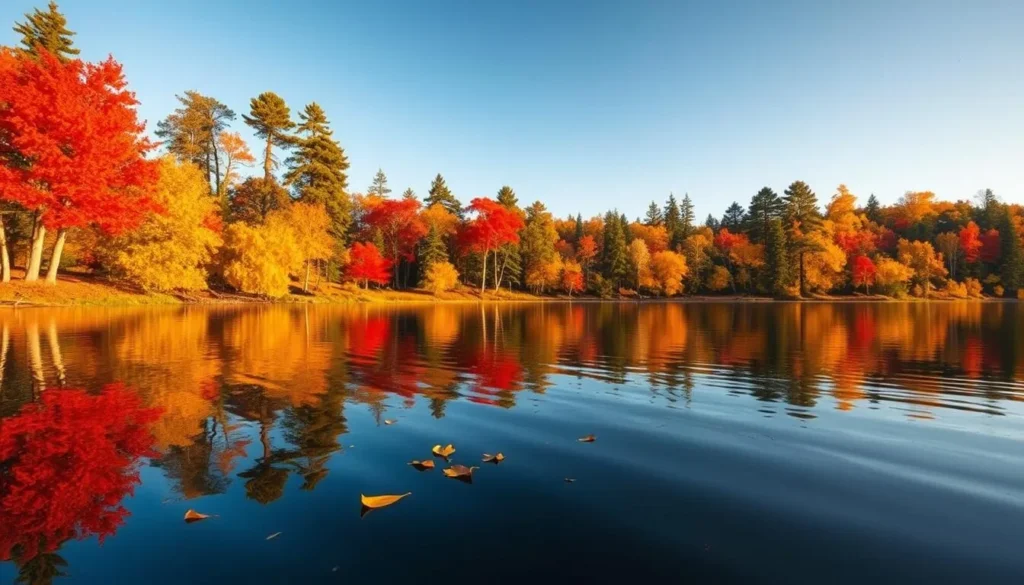
Fall brings spectacular colors to Lake Itasca, making it one of the best times to visit
Where to Stay at Lake Itasca
Itasca State Park offers a variety of lodging options, from historic cabins to modern suites and campgrounds. Accommodations fill quickly during summer months, so booking well in advance is recommended.
Book Your Lake Itasca Stay
Secure your perfect accommodation before they fill up:
Historic Lodging
The iconic Douglas Lodge, built in 1905, offers rooms with a rustic charm and a restaurant serving regional favorites like walleye and wild rice soup. Nearby historic cabins provide a nostalgic northwoods experience with modern comforts.
Modern Options
Four-Season Suites feature kitchenettes and are the only year-round lodging option in the park. The Headwaters Inn offers rooms with shared bathrooms and a full kitchen for guest use.
Camping
Itasca State Park has over 220 campsites across two campgrounds, with options for RVs (including electrical hookups), tent camping, and even backpacking sites for a more remote experience. Reservations can be made up to 120 days in advance through the Minnesota DNR website.
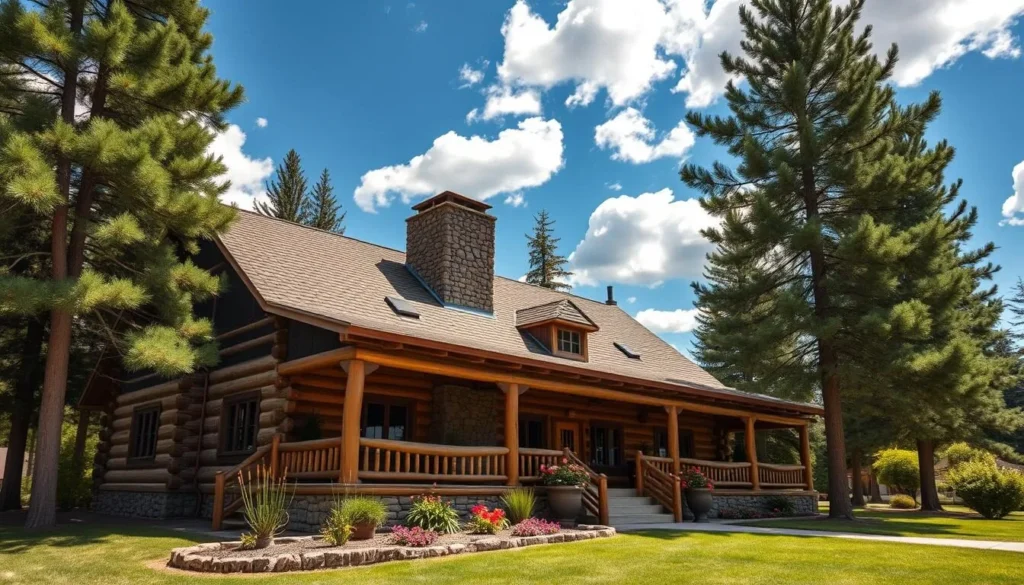
The historic Douglas Lodge has welcomed visitors to Lake Itasca since 1905
Top Things to Do at Lake Itasca
Walk Across the Mississippi
The most iconic experience at Lake Itasca is walking across the headwaters of the Mississippi River on stepping stones. This simple yet profound experience connects you to the beginning of America’s greatest river. The Mary Gibbs Mississippi Headwaters Center nearby offers exhibits about the river’s history and cultural significance.
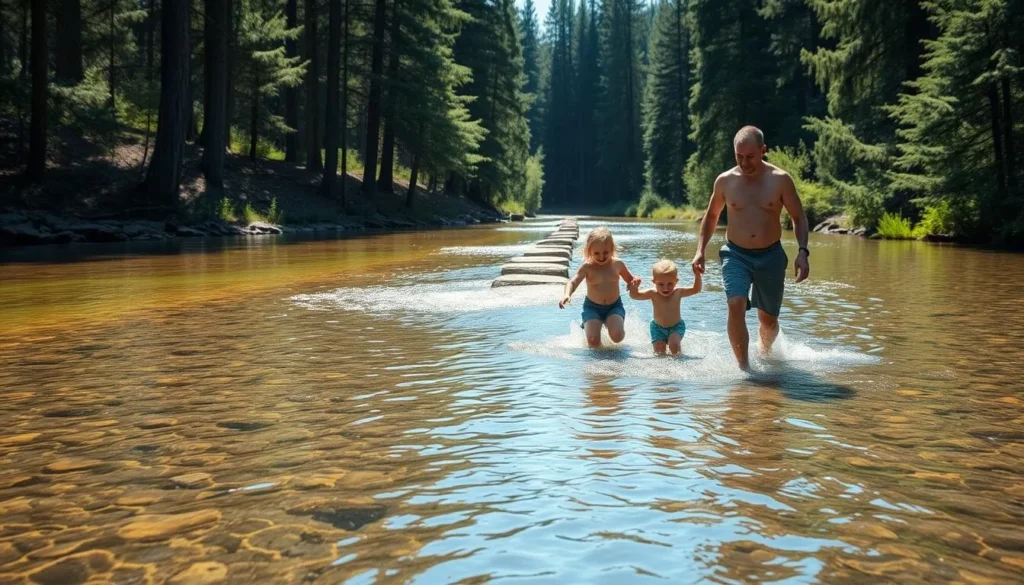
Families enjoy wading in the shallow headwaters where the Mississippi River begins its journey
Hiking Trails
With over 28 miles of trails, Lake Itasca offers hiking experiences for all abilities. The Dr. Roberts Trail (1.7 miles) is perfect for spring wildflowers and birding. The Hiking Club Trail loops for 3.9 miles past several lakes. For those seeking accessibility, the Headwaters Loop Trail and trails near the visitor center are wheelchair-friendly.
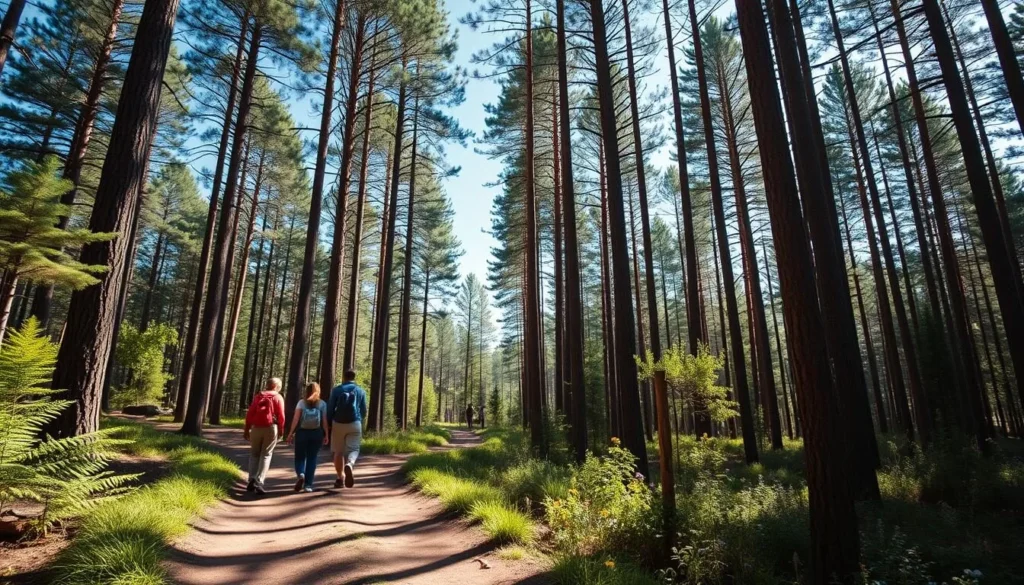
Explore over 28 miles of hiking trails through old-growth forests at Lake Itasca
Wilderness Drive
The 10-mile Wilderness Drive offers a scenic tour through the park’s diverse ecosystems. Stop at the 100-foot Aiton Heights Fire Tower for panoramic views of the forest and lakes. This drive is particularly spectacular during fall when the hardwoods display vibrant colors.
Water Activities
Rent canoes, kayaks, or stand-up paddleboards from Itasca Sports to explore Lake Itasca’s pristine waters. Fishing is popular, with species including walleye, northern pike, and bass. Swimming is available at the park’s beach area during summer months.
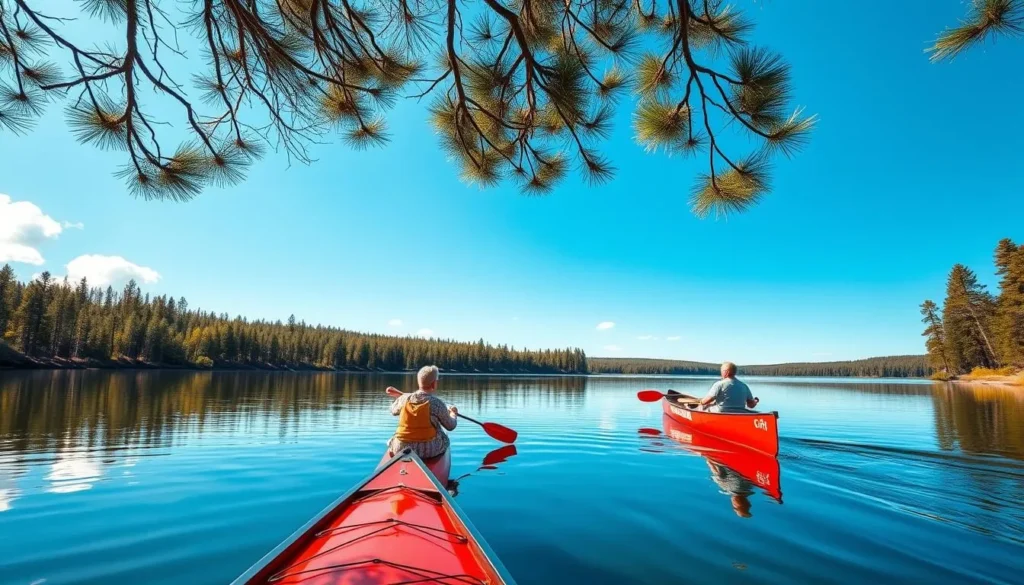
Canoeing on Lake Itasca offers a peaceful way to explore the birthplace of the Mississippi
Biking
Rent bikes or e-bikes to explore the park’s paved trails and Wilderness Drive. Lake Itasca is also the starting point of the Mississippi River Trail (U.S. Bike Route 45), which follows the river for 620 miles through Minnesota.
Wildlife Viewing
The park is home to diverse wildlife including deer, black bears, beavers, otters, and over 200 bird species. Dawn and dusk offer the best wildlife viewing opportunities. The loon, Minnesota’s state bird, is frequently spotted and heard on Lake Itasca.
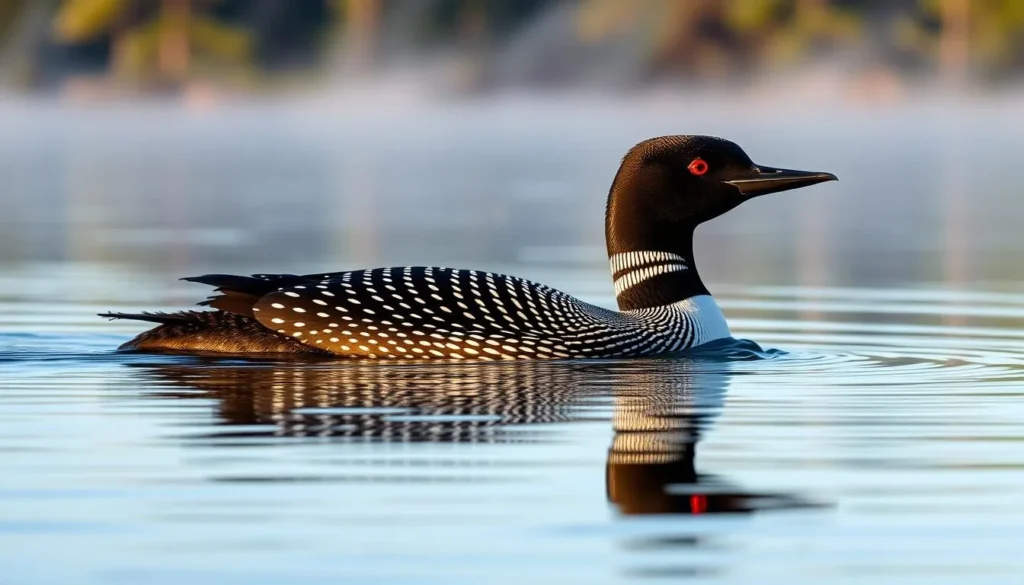
Minnesota’s state bird, the loon, is frequently spotted on Lake Itasca
Winter Activities
During winter, the park transforms into a snowy wonderland perfect for cross-country skiing and snowshoeing. The Twinkle Light Trail near Bear Paw Campground is illuminated after dark for evening adventures. Equipment rentals are available at Forest Inn on weekends.
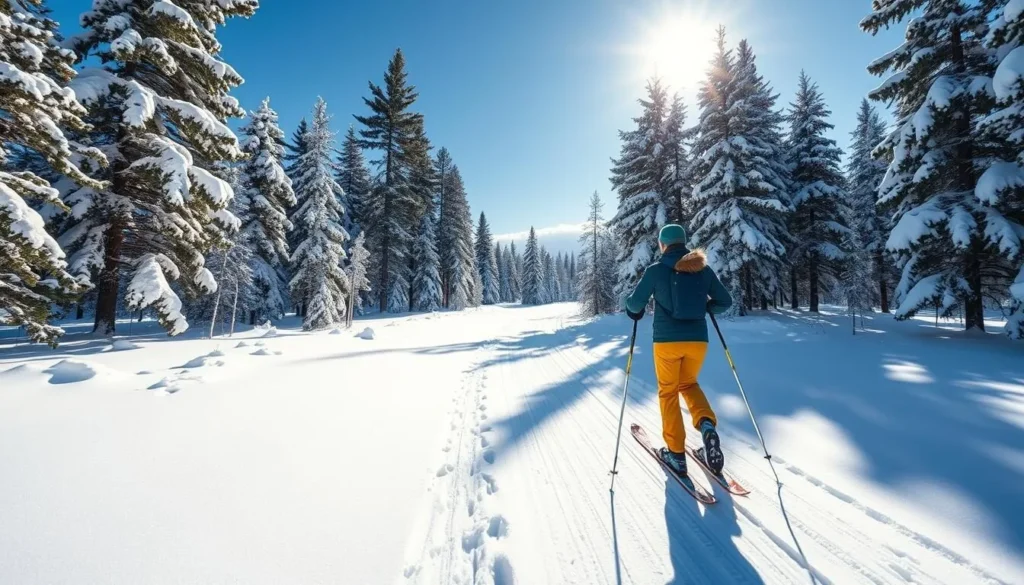
Winter transforms Lake Itasca into a paradise for cross-country skiing and snowshoeing
Visitor Centers and Museums
Jacob V. Brower Visitor Center
This main visitor center features interactive exhibits about the park’s ecosystem, wildlife, and history. Kids can crawl through woodland exhibits while adults learn about forest management and conservation. The center also houses a gift shop and provides maps and ranger assistance.
Mary Gibbs Mississippi Headwaters Center
Located near the headwaters, this center focuses on the Mississippi River’s journey and significance. Exhibits include three-dimensional maps and information about Mary Gibbs, the nation’s first female park commissioner who fought to protect Itasca’s forests.
Itasca Biological Station
Run by the University of Minnesota since 1909, this research station occasionally offers public programs about the unique ecosystem where three major North American biomes converge: Great Plains, Deciduous Forest, and Coniferous Forest.
Dining Options
Douglas Lodge Restaurant
Open seasonally, this historic restaurant serves regional favorites including walleye, wild rice soup, and tater tot hotdish. The rustic dining room overlooks Lake Itasca and offers a quintessential northwoods dining experience.
Mary Gibbs Café
Located at the Headwaters Center, this seasonal café offers sandwiches, ice cream, and snacks perfect for refueling after walking across the Mississippi.
Nearby Options
The town of Park Rapids, about 20 miles south, offers additional dining options including the nostalgic A&W drive-in and several cafés and restaurants. Stock up on picnic supplies at grocery stores if you’re planning to prepare meals at your cabin or campsite.

Picnic areas throughout the park offer beautiful settings for outdoor meals
Practical Tips for Visiting Lake Itasca
Park Fees and Permits
- Minnesota State Park vehicle permits are required ($7 daily or $35 annual)
- Camping and lodging require separate reservations and fees
- Fishing licenses are required for anyone 16 and older
What to Pack
- Water shoes for crossing the Mississippi headwaters
- Insect repellent (mosquitoes can be abundant in summer)
- Layers for changing weather conditions
- Binoculars for wildlife viewing
- Camera to capture your “walking across the Mississippi” moment
Cell Service and Wi-Fi
Cell service can be spotty within the park. Wi-Fi is available at the visitor centers but may be limited. Consider downloading maps and information before your visit.
Accessibility
Several trails and facilities are accessible to visitors with mobility challenges. The park offers all-terrain electric-powered chairs for some trails (reserve in advance). The headwaters area has accessible viewing platforms, though walking across the stones requires good balance.
Nearby Attractions
Park Rapids
This charming town 20 miles south of the park offers shopping, dining, and small-town charm. The historic Main Street features candy shops, boutiques, and a classic soda fountain.
Bemidji
Located 35 miles north of Lake Itasca, Bemidji is famous for its statues of Paul Bunyan and Babe the Blue Ox. The town offers additional accommodations, dining options, and access to Lake Bemidji State Park.
Connecting Trails
Outdoor enthusiasts can explore the Paul Bunyan State Trail, Heartland Trail, or North Country National Scenic Trail, all of which connect near Lake Itasca, offering extended hiking and biking opportunities.
Experience the Beginning of America’s Greatest River
Lake Itasca offers a rare opportunity to connect with both natural history and pristine wilderness. Standing at the headwaters of the Mississippi River, you’ll gain a new appreciation for the journey of water across our continent. Whether you’re seeking outdoor adventure, historical significance, or simply a peaceful retreat among ancient pines, Lake Itasca delivers an unforgettable Minnesota experience.
Ready to Discover Lake Itasca?
Start planning your journey to the headwaters of the Mississippi:
The above is subject to change.
Check back often to TRAVEL.COM for the latest travel tips and deals.
